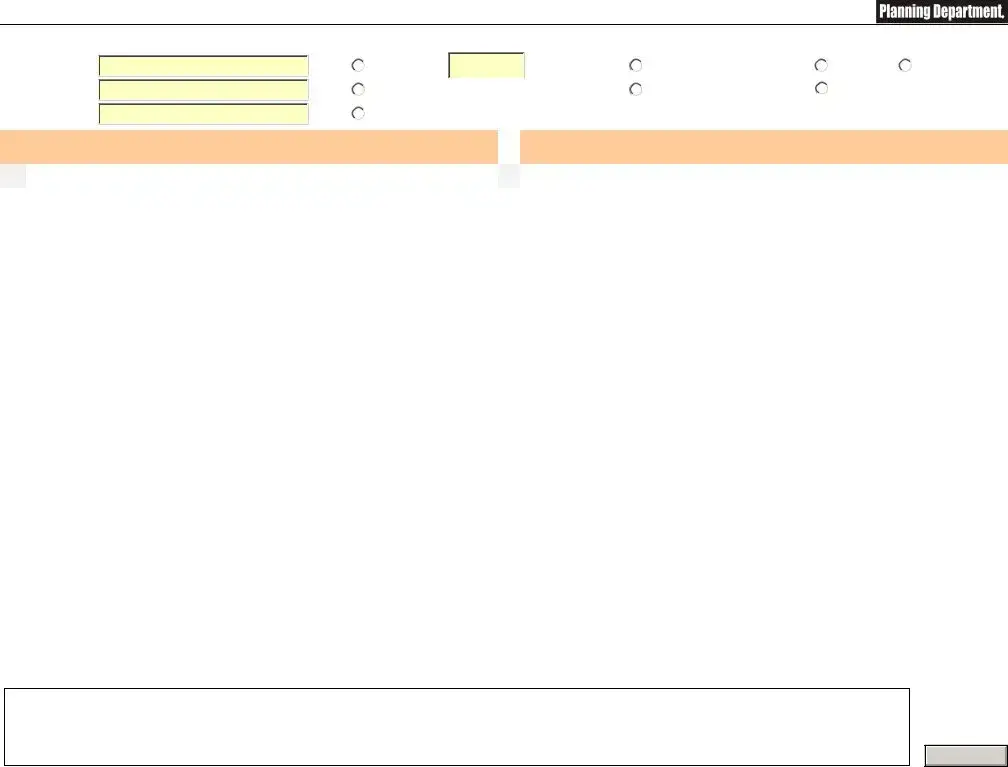Fill Your Electrical Panel Schedule Form
The Electrical Panel Schedule form is a critical document used to outline the electrical circuits and their corresponding loads within a building's electrical panel. It provides essential information for electricians and engineers, ensuring proper management of electrical distribution. By clearly detailing each circuit's specifications, the form helps maintain safety and efficiency in electrical systems.
Make My Form

